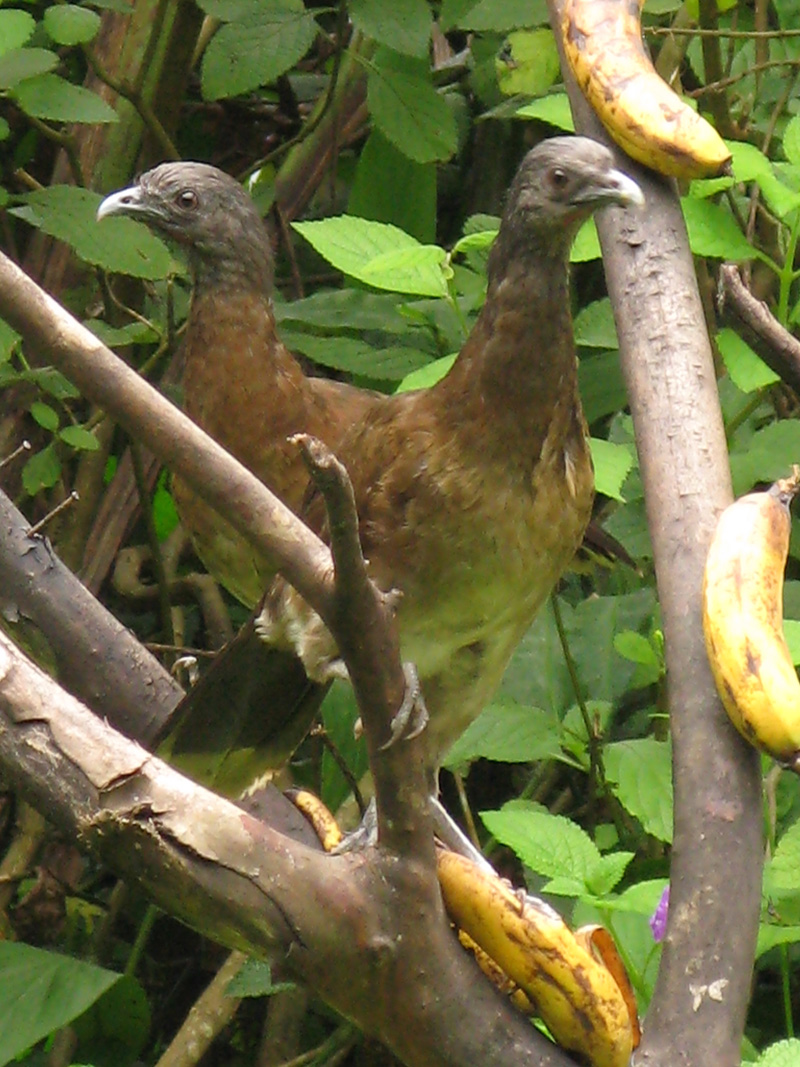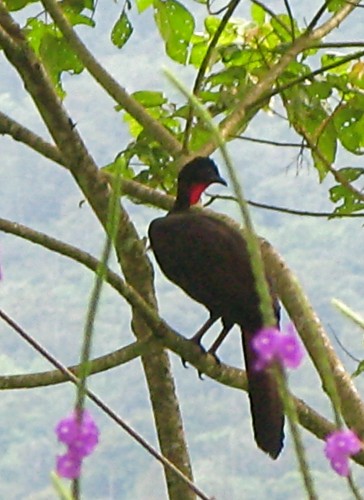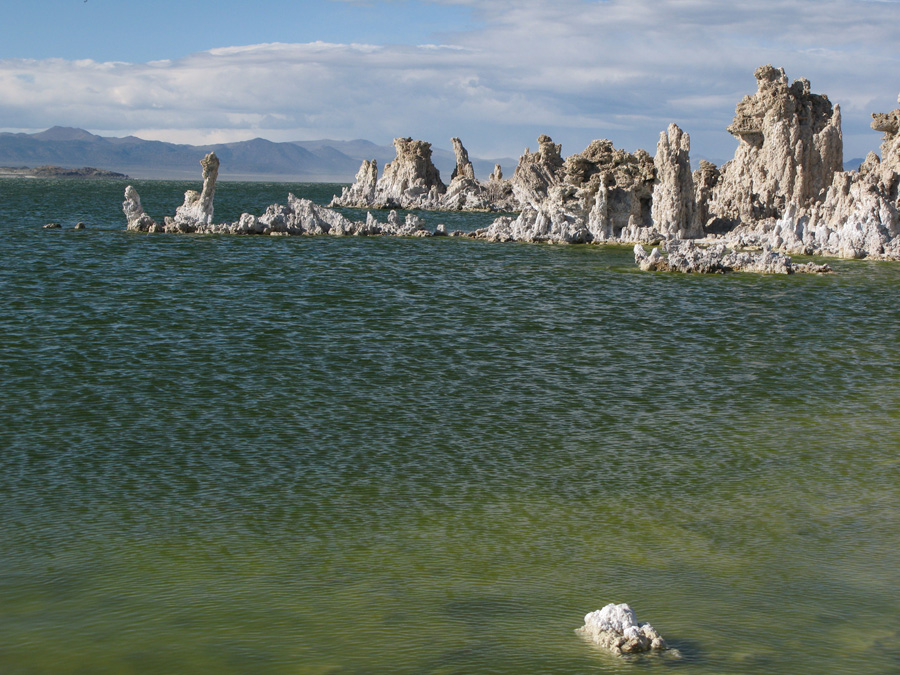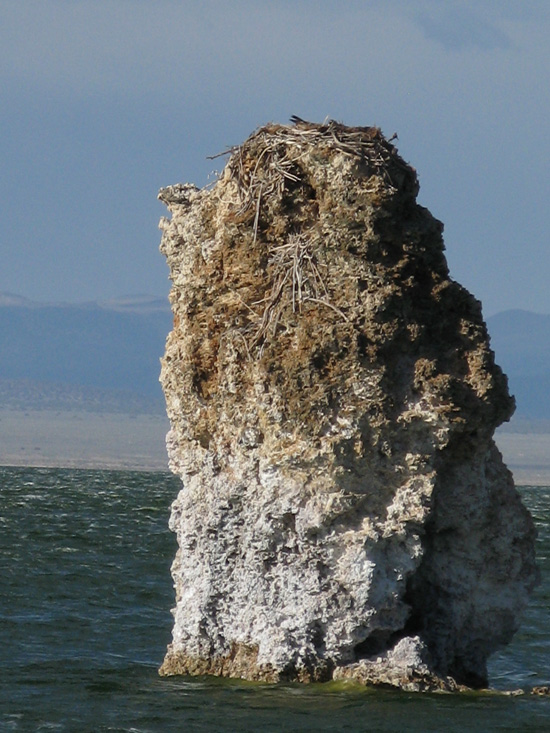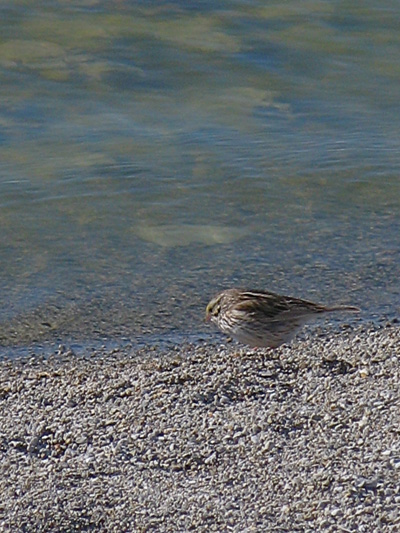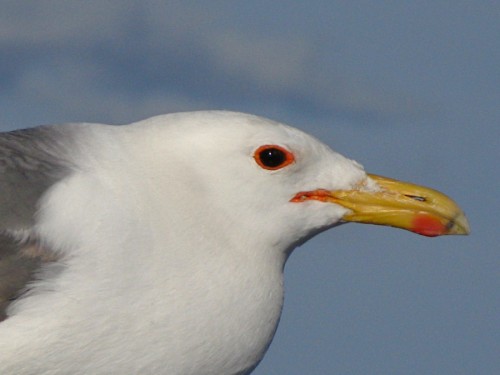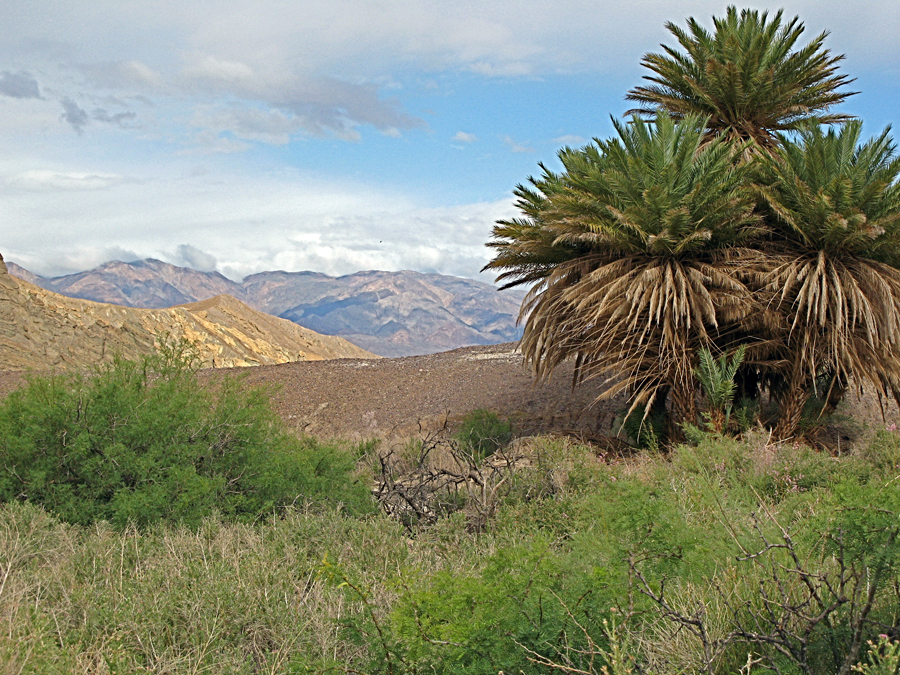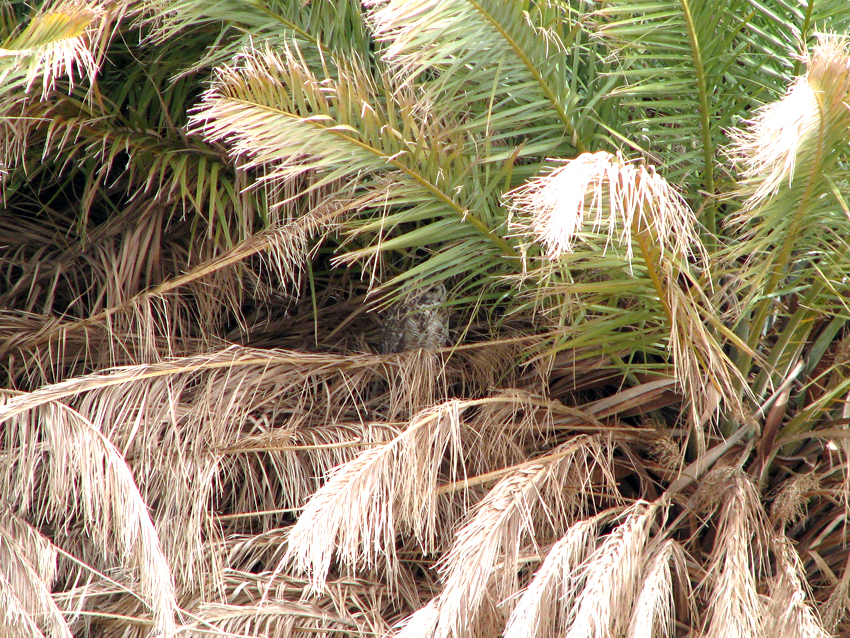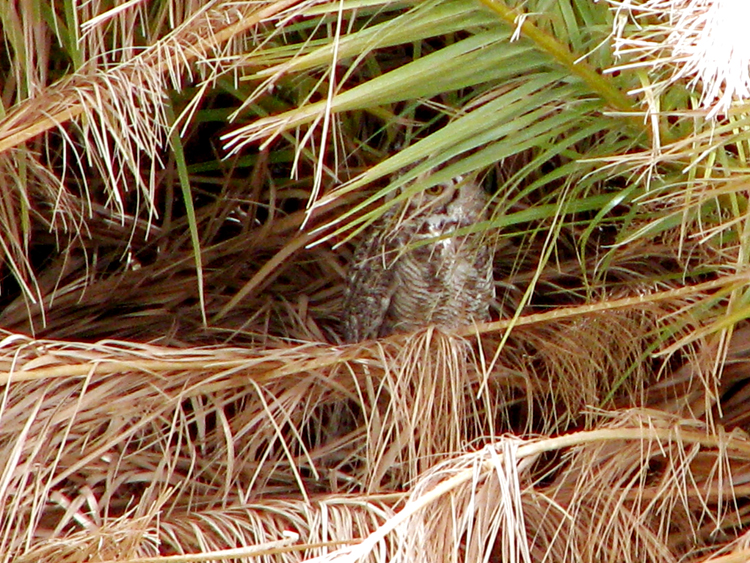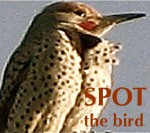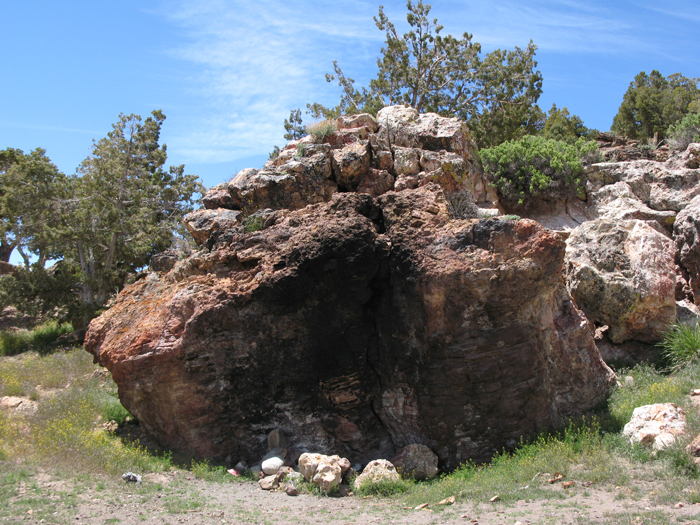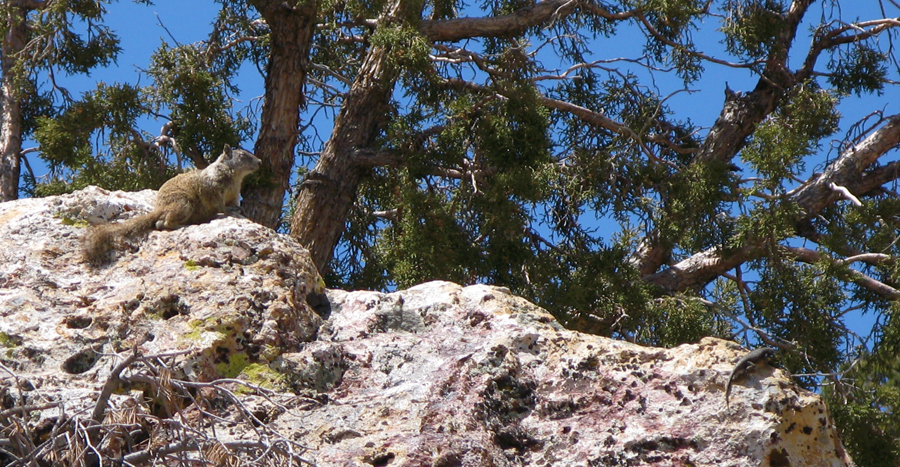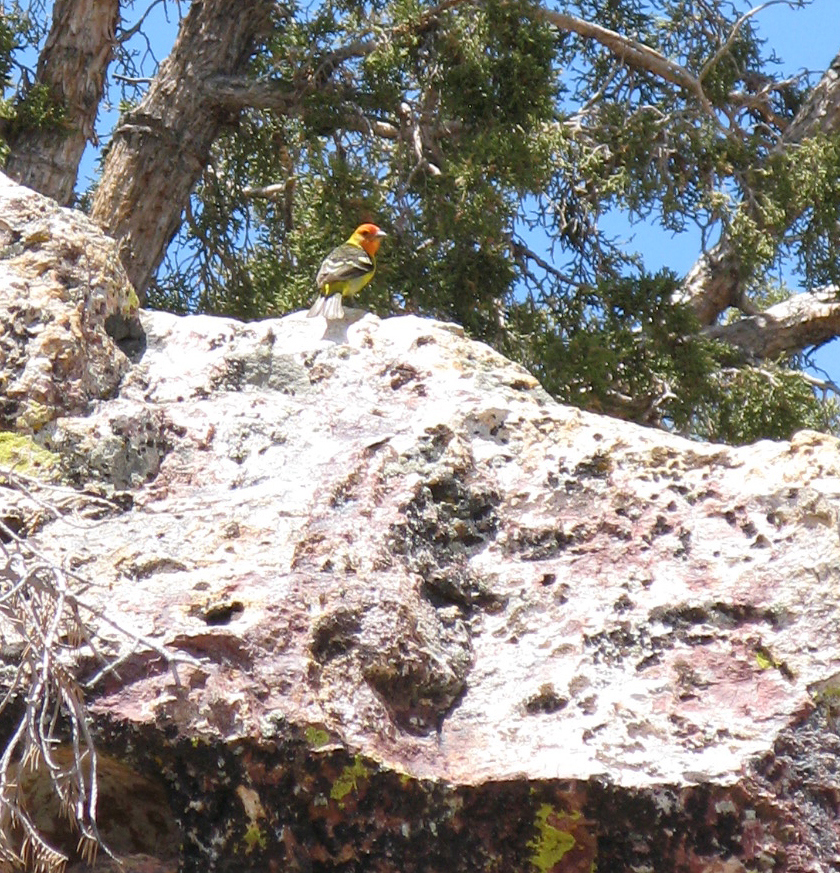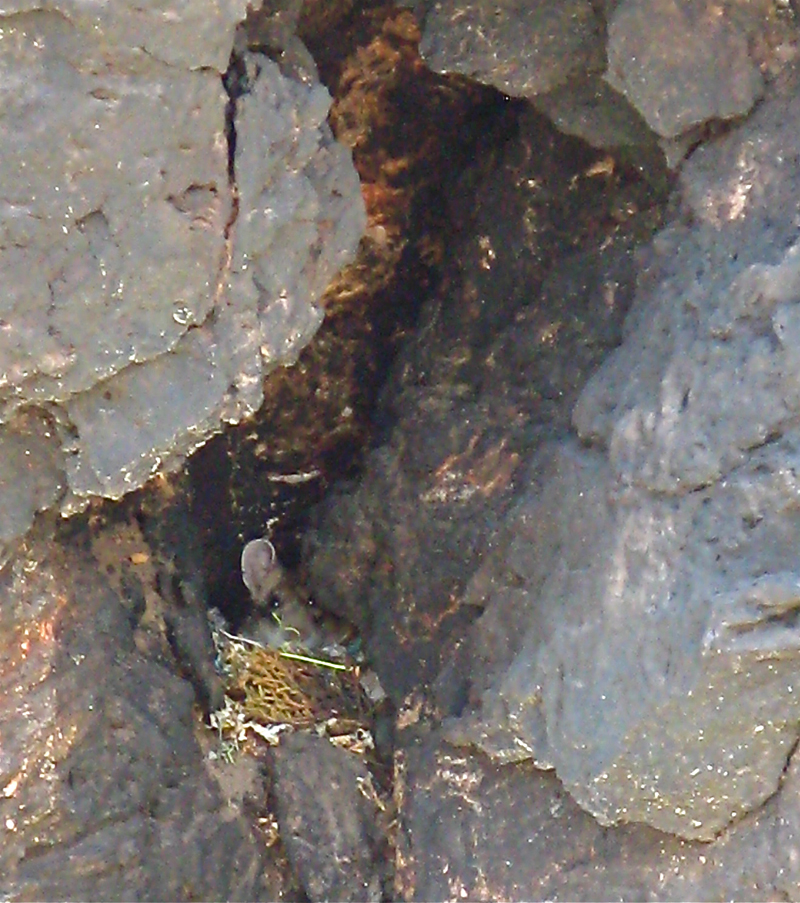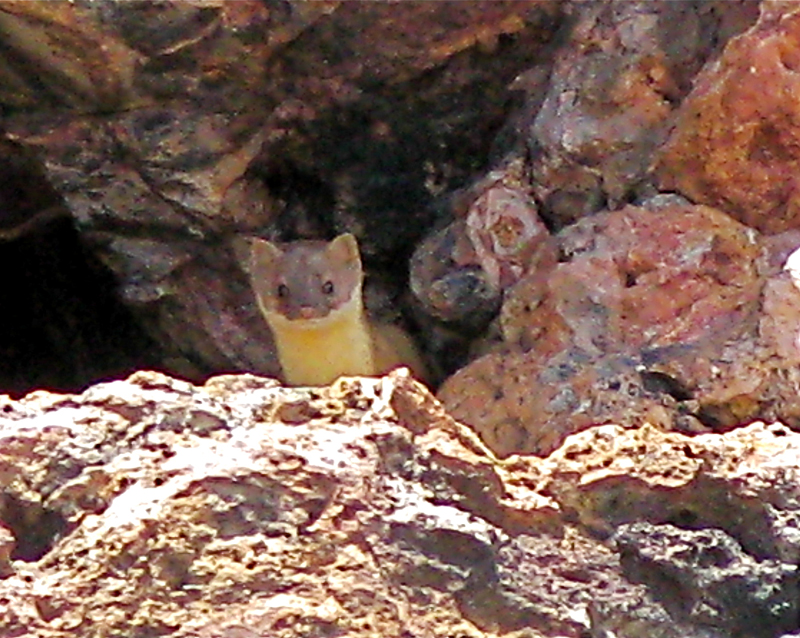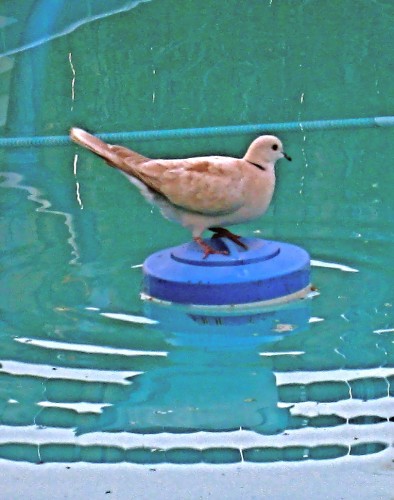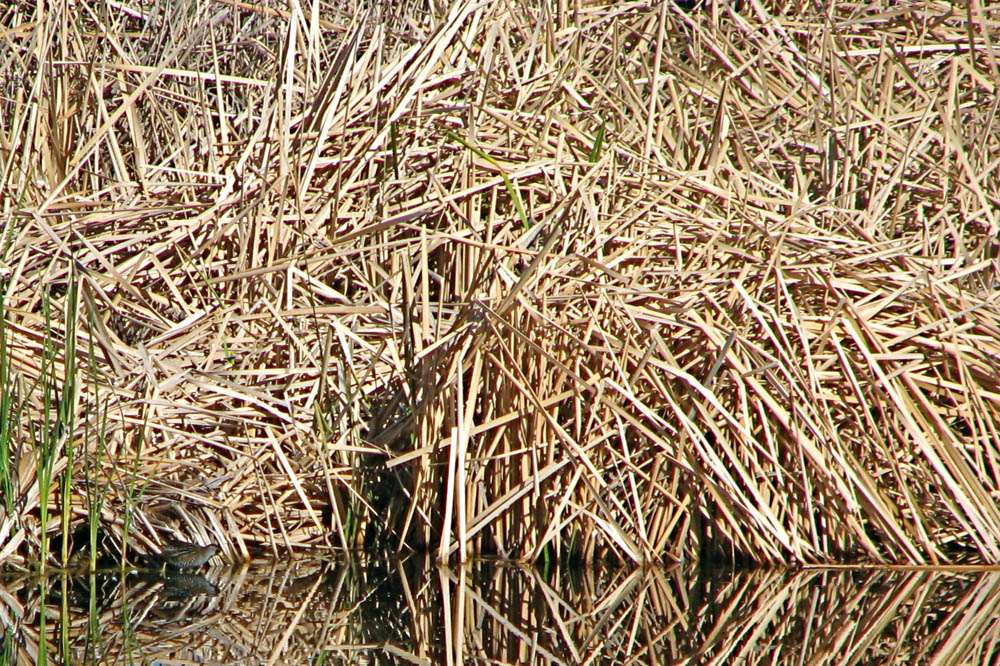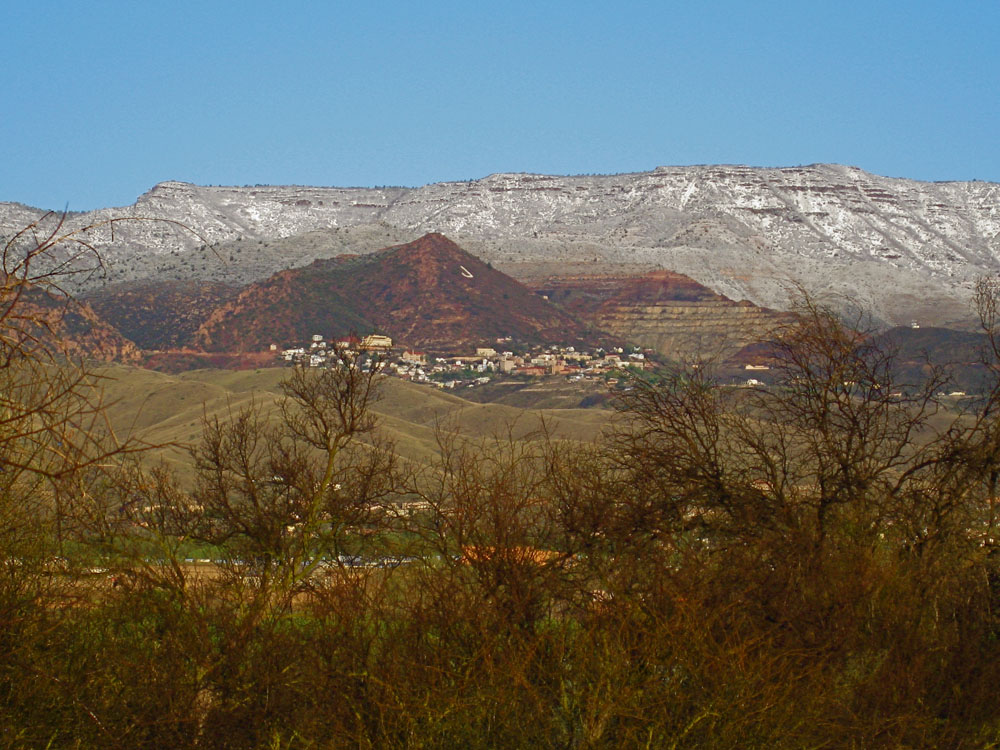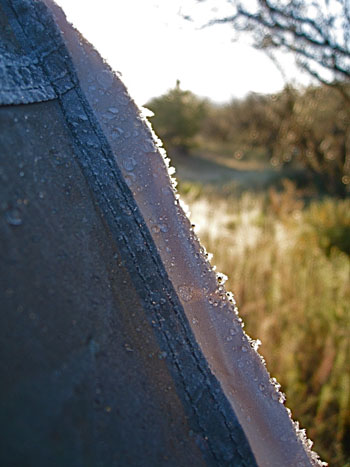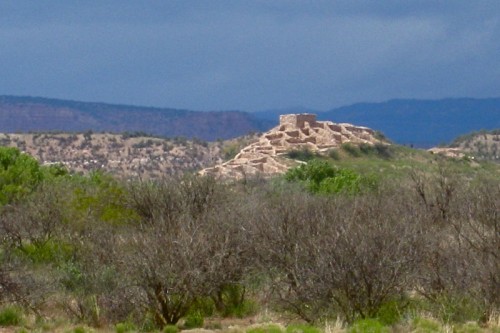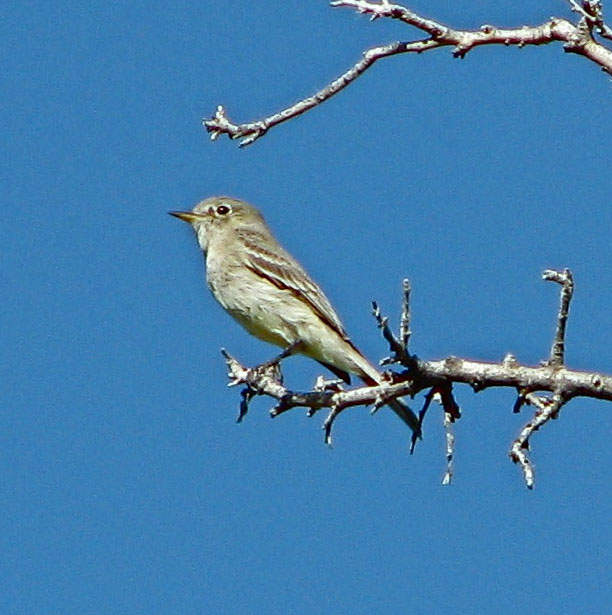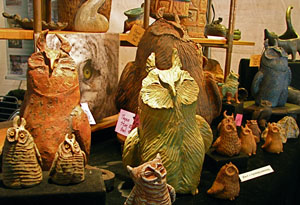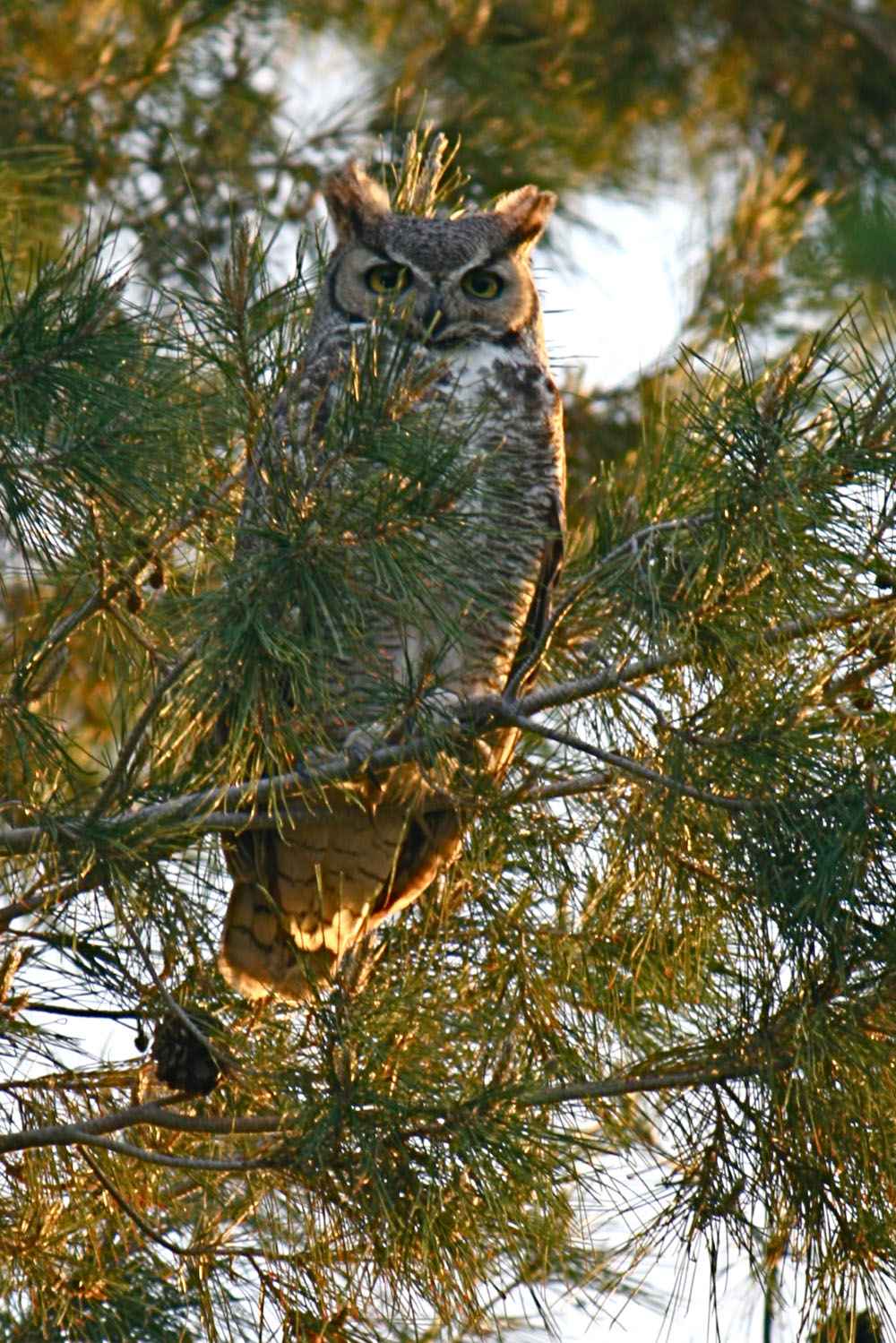Tiny owlets toot in trees
To 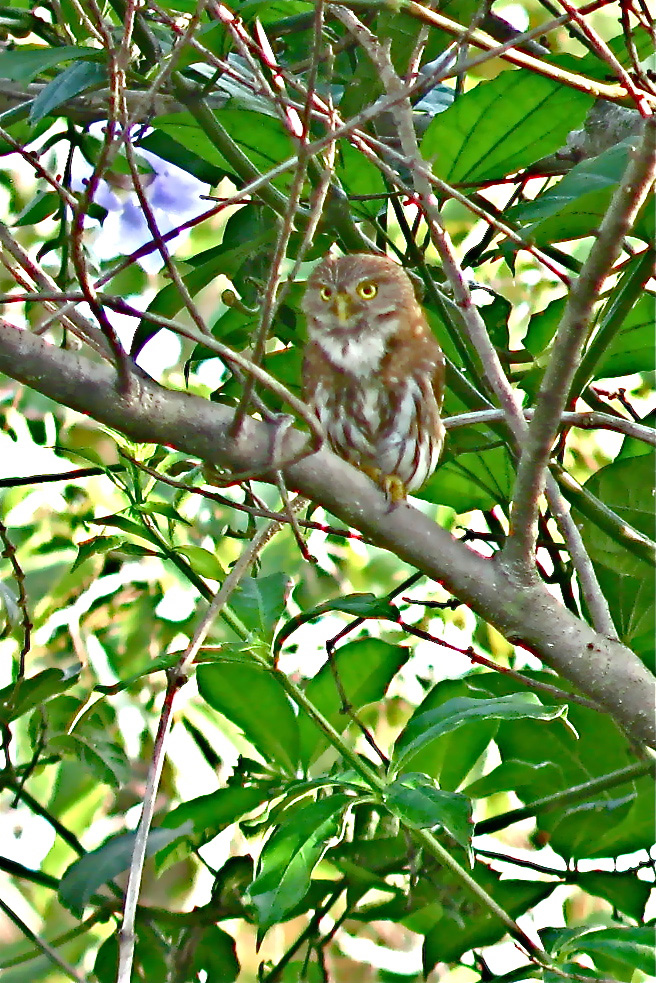 say that pygmy owls are sparrow-like isn’t entirely true. But it’s almost true.
say that pygmy owls are sparrow-like isn’t entirely true. But it’s almost true.
To start with, there’s their size: they are Very Very Small (the technical term). Almost sparrow-sized. Perched in a conifer, they look like a tiny pinecone. Also, like sparrows, they’re largely diurnal, and can frequently be found glaring down from a high branch in daylight hours.
Ferruginous pygmy owl, San José CR. (photo A.Shock) >>
Then there’s their fierce, predatory nature.
OK, that’s not like a sparrow at all, unless you’re a seed.
But then, there’s their population density: they’re almost as numerous as sparrows. Of course this is hyperbole too, but, for a predator, whose numbers are usually limited, they are fairly numerous. In a walled garden of our hotel in San 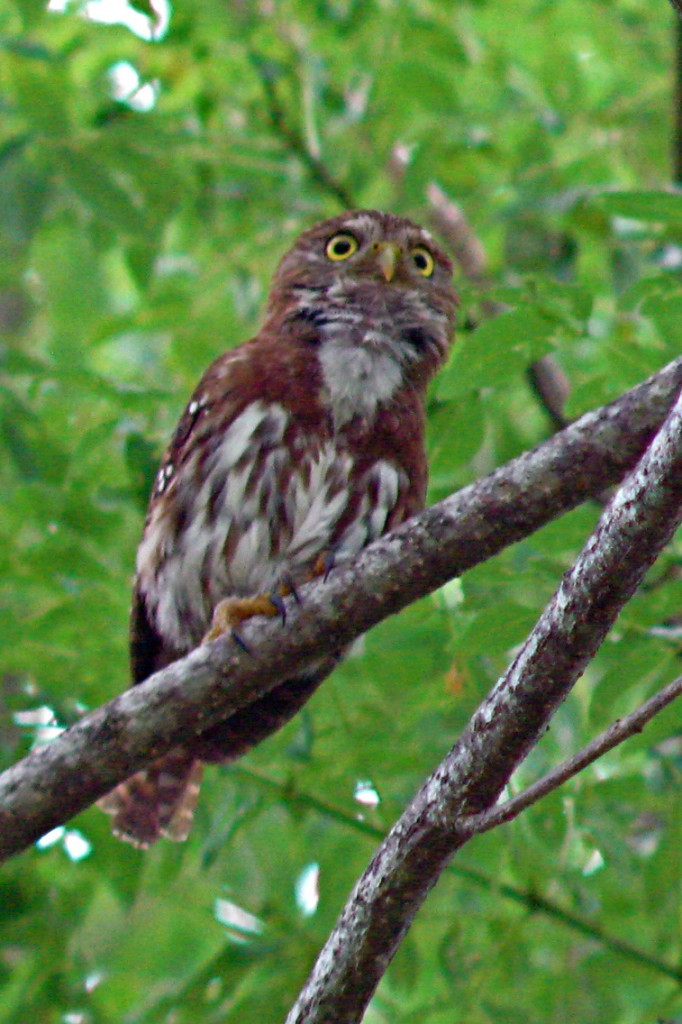 José, Costa Rica, we encountered (heard or seen) at least three if not more Ferruginous pygmy owls, simultaneously responding to their own staccato calls, recorded and played back to them. (By contrast, in Arizona, Ferruginous pygmy owls reach their maximum northward range in the southern part of the state; they’re not terribly numerous. In fact, the Cactus ferruginous pygmy owl is endangered in the state)
José, Costa Rica, we encountered (heard or seen) at least three if not more Ferruginous pygmy owls, simultaneously responding to their own staccato calls, recorded and played back to them. (By contrast, in Arizona, Ferruginous pygmy owls reach their maximum northward range in the southern part of the state; they’re not terribly numerous. In fact, the Cactus ferruginous pygmy owl is endangered in the state)
<< Here’s another pygmy owl in Costa Rica, making its repetitive “poop” call, at the rate of about 3 per second, each note accompanied by a slight lift of its tail, showing the whole-body effort that goes into making a noise that’s pretty loud coming from such a small entity. (Photo A.Shock)
Costa Rica is especially well-supplied with pygmy owl species: Ferruginous, Costa Rican (endemic to the country), and Central American pygmy owl all make their homes there, varying slightly in appearance and voice, but not overlapping much in range.


